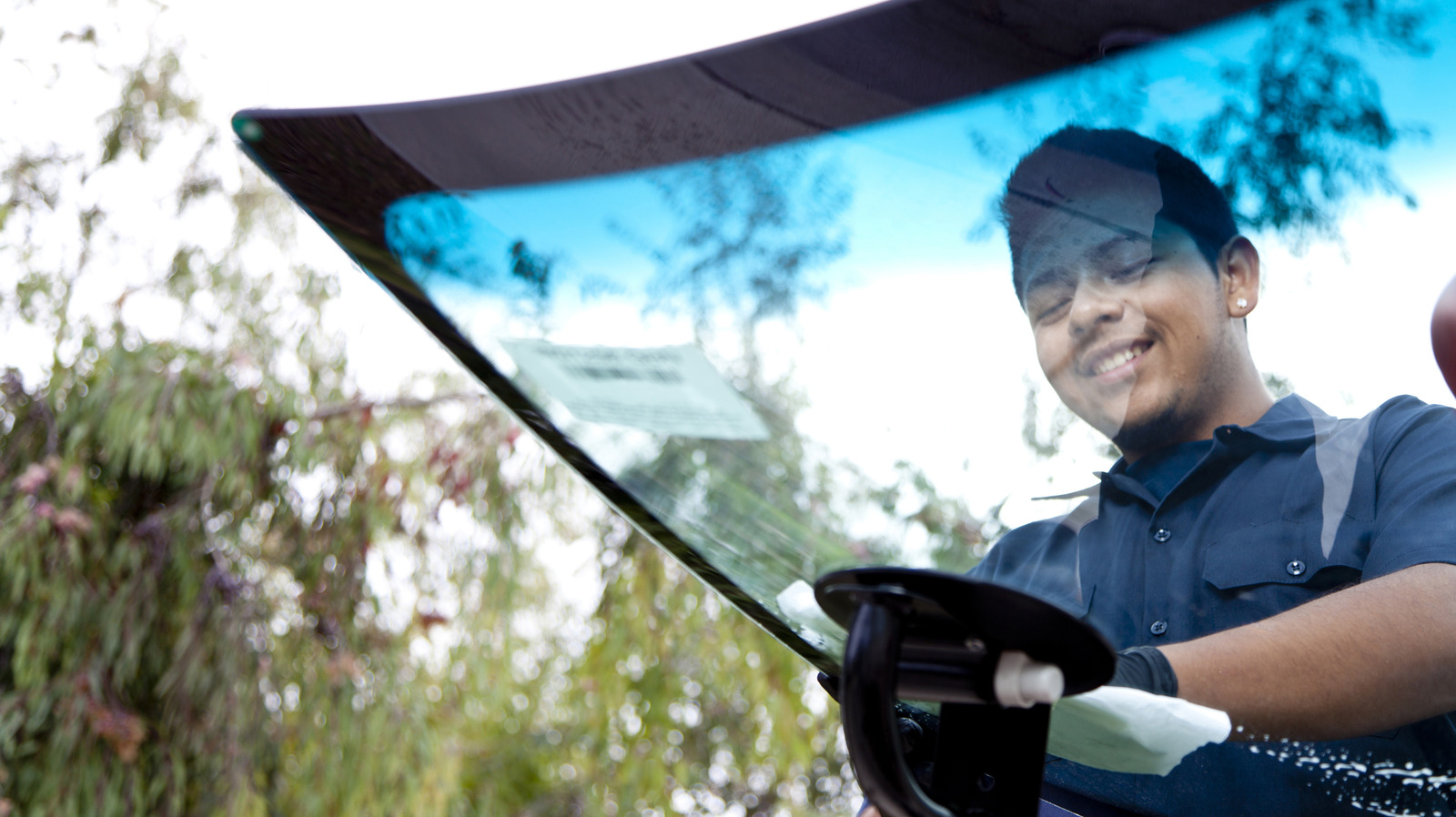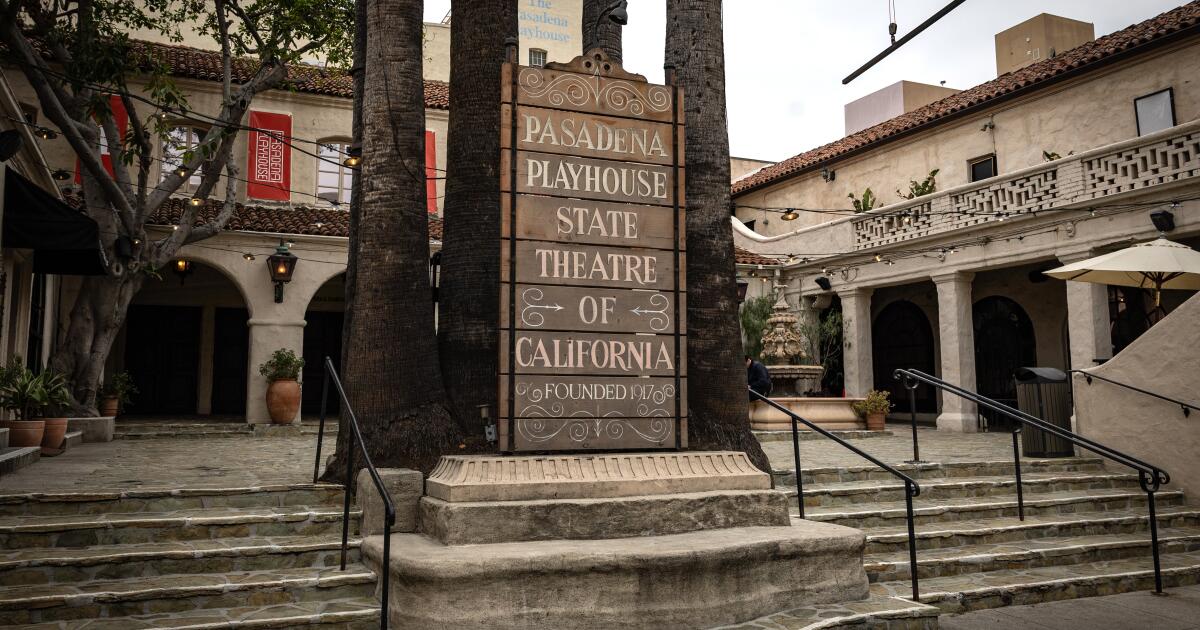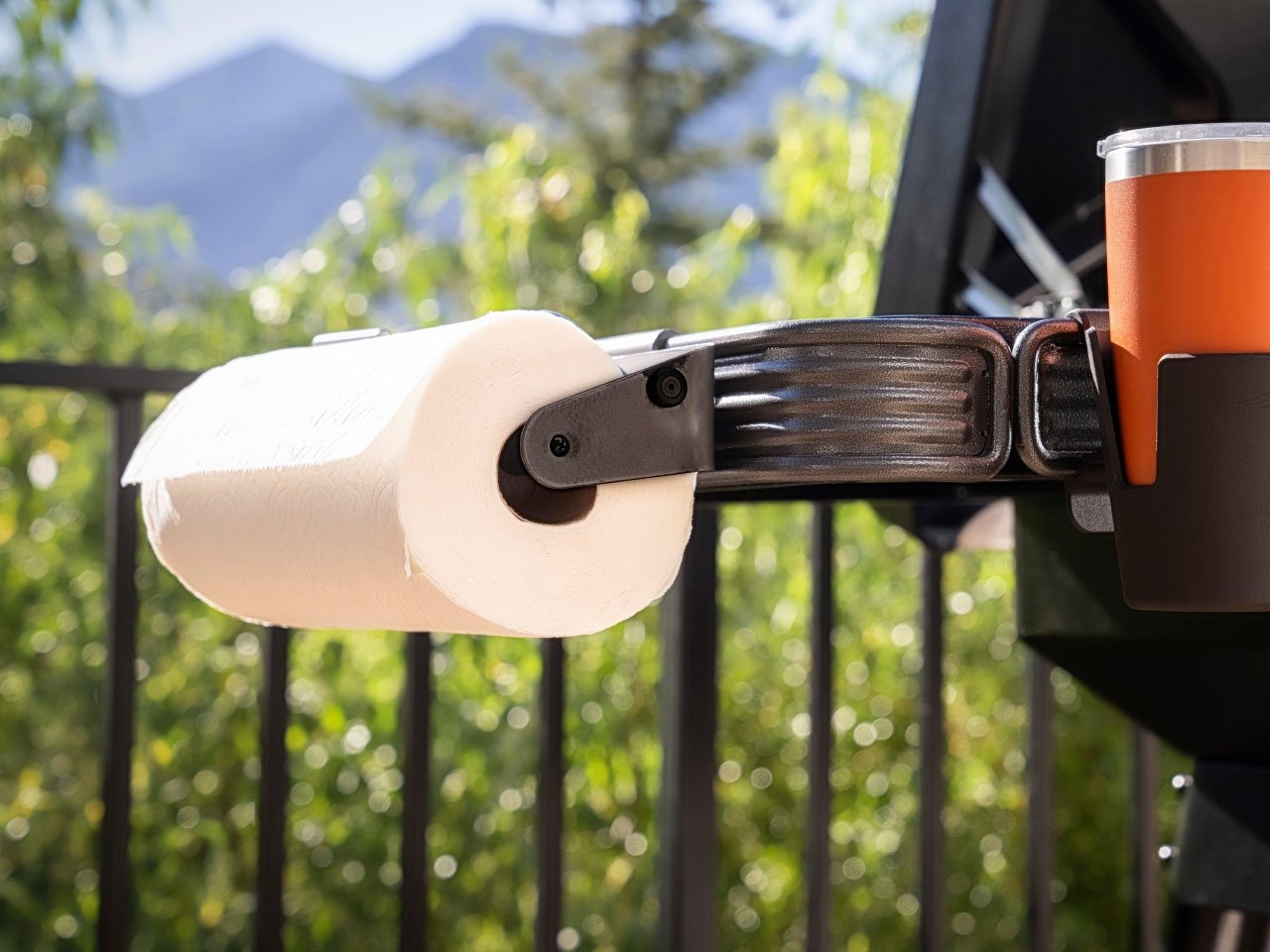How does LoRA (Low-Rank Adaptation) improve the efficiency of fine-tuning large AI models?
Fine-tuning large AI models, such as transformer-based architectures, is computationally expensive and requires substantial memory resources. Low-Rank Adaptation (LoRA) is an efficient technique that significantly reduces the computational and storage overhead of fine-tuning without compromising model performance. LoRA works by freezing the pre-trained model’s original weights and introducing low-rank matrices into specific layers of the network, typically the attention layers in transformers. Instead of updating all the parameters of the model, LoRA injects trainable, small-rank matrices that adjust the pre-trained model’s outputs. This method reduces the number of trainable parameters while preserving the knowledge encoded in the original model. Key Benefits of LoRA in Fine-Tuning Reduced Computational Cost – Since LoRA modifies only a small subset of parameters, it lowers GPU and memory usage, making fine-tuning feasible on consumer-grade hardware. Parameter Efficiency – LoRA significantly reduces the number of trainable parameters compared to full fine-tuning, making it ideal for adapting large models to domain-specific tasks. Faster Training Times – With fewer parameters to update, LoRA speeds up the training process, enabling rapid deployment of customized AI models. Maintains Pre-Trained Knowledge – Unlike traditional fine-tuning, which can lead to catastrophic forgetting, LoRA preserves the original model’s capabilities while improving performance on the new task. Enables Multi-Task Adaptation – LoRA allows a single base model to be fine-tuned for multiple tasks efficiently, eliminating the need to store multiple fully fine-tuned models. LoRA has become a game-changer in Generative AI (Gen AI) and NLP-based applications, allowing enterprises to fine-tune large models with minimal resources. Learning LoRA and other fine-tuning techniques through a Gen AI and machine learning certification can help professionals stay ahead in the AI-driven world.

Fine-tuning large AI models, such as transformer-based architectures, is computationally expensive and requires substantial memory resources. Low-Rank Adaptation (LoRA) is an efficient technique that significantly reduces the computational and storage overhead of fine-tuning without compromising model performance.
LoRA works by freezing the pre-trained model’s original weights and introducing low-rank matrices into specific layers of the network, typically the attention layers in transformers. Instead of updating all the parameters of the model, LoRA injects trainable, small-rank matrices that adjust the pre-trained model’s outputs. This method reduces the number of trainable parameters while preserving the knowledge encoded in the original model.
Key Benefits of LoRA in Fine-Tuning
Reduced Computational Cost – Since LoRA modifies only a small subset of parameters, it lowers GPU and memory usage, making fine-tuning feasible on consumer-grade hardware.
Parameter Efficiency – LoRA significantly reduces the number of trainable parameters compared to full fine-tuning, making it ideal for adapting large models to domain-specific tasks.
Faster Training Times – With fewer parameters to update, LoRA speeds up the training process, enabling rapid deployment of customized AI models.
Maintains Pre-Trained Knowledge – Unlike traditional fine-tuning, which can lead to catastrophic forgetting, LoRA preserves the original model’s capabilities while improving performance on the new task.
Enables Multi-Task Adaptation – LoRA allows a single base model to be fine-tuned for multiple tasks efficiently, eliminating the need to store multiple fully fine-tuned models.
LoRA has become a game-changer in Generative AI (Gen AI) and NLP-based applications, allowing enterprises to fine-tune large models with minimal resources. Learning LoRA and other fine-tuning techniques through a Gen AI and machine learning certification can help professionals stay ahead in the AI-driven world.










































































